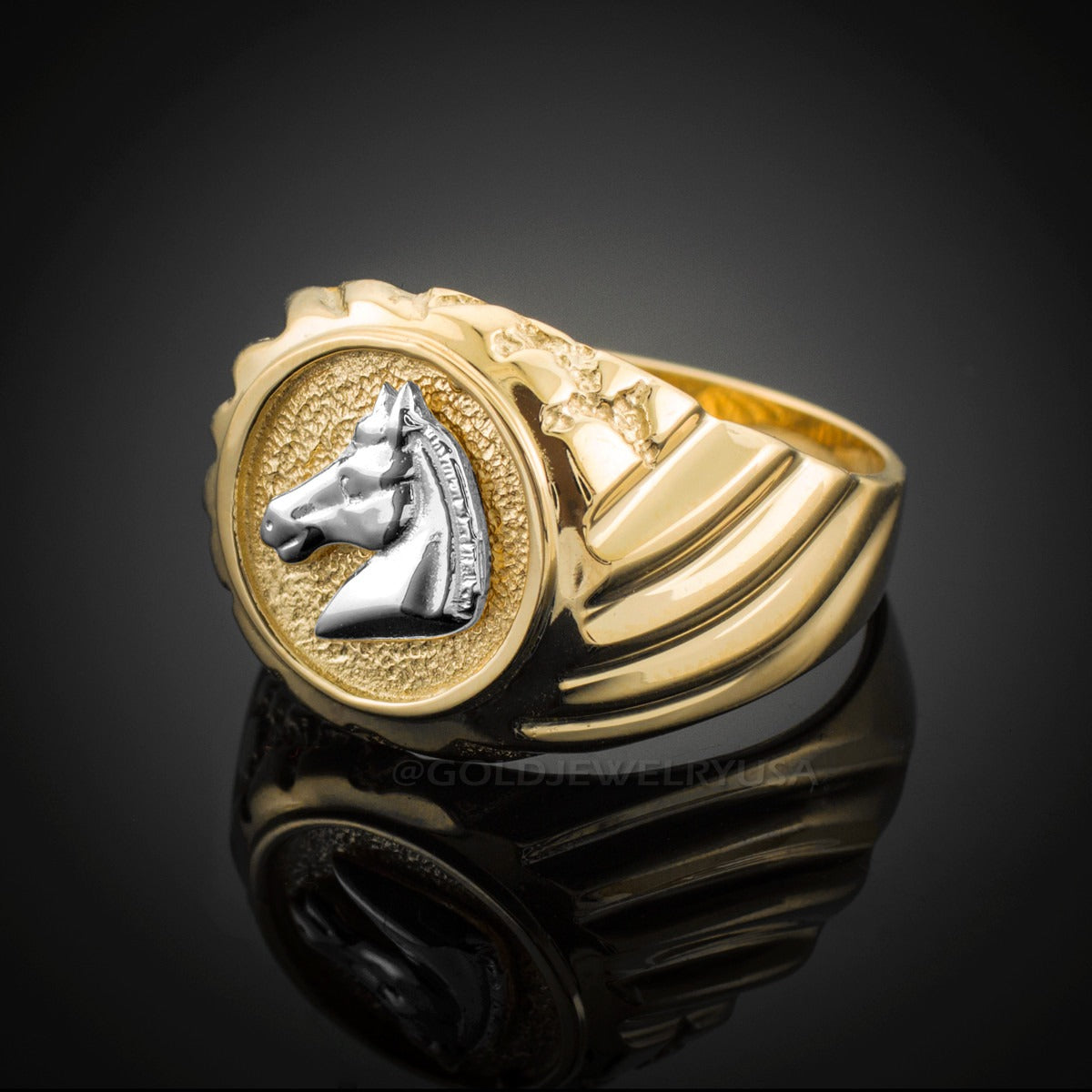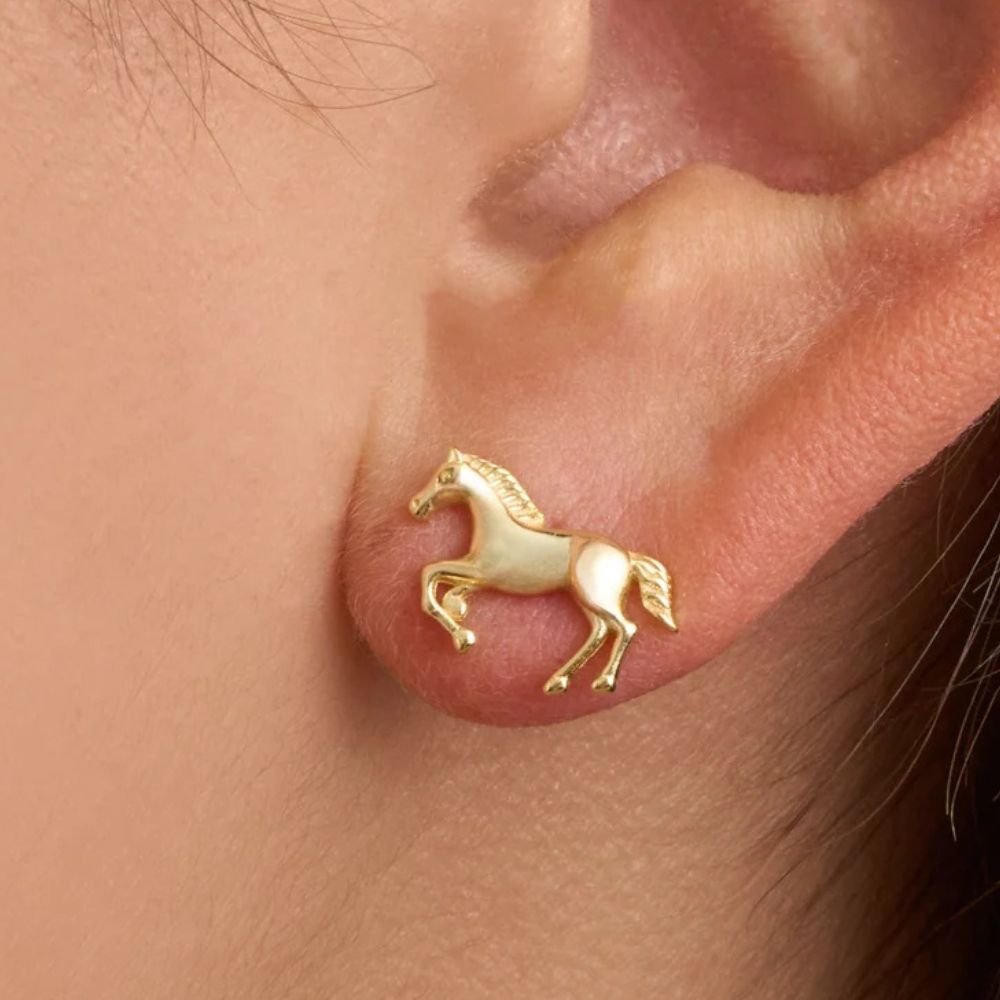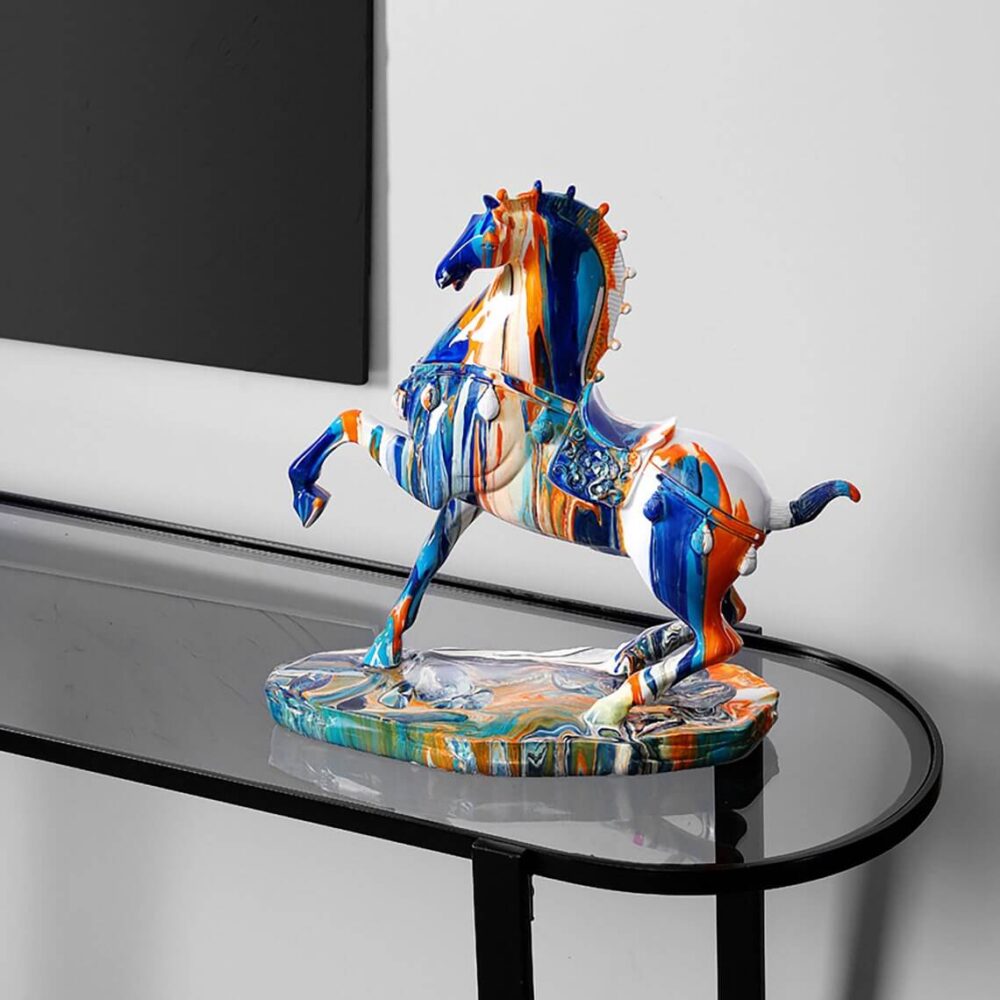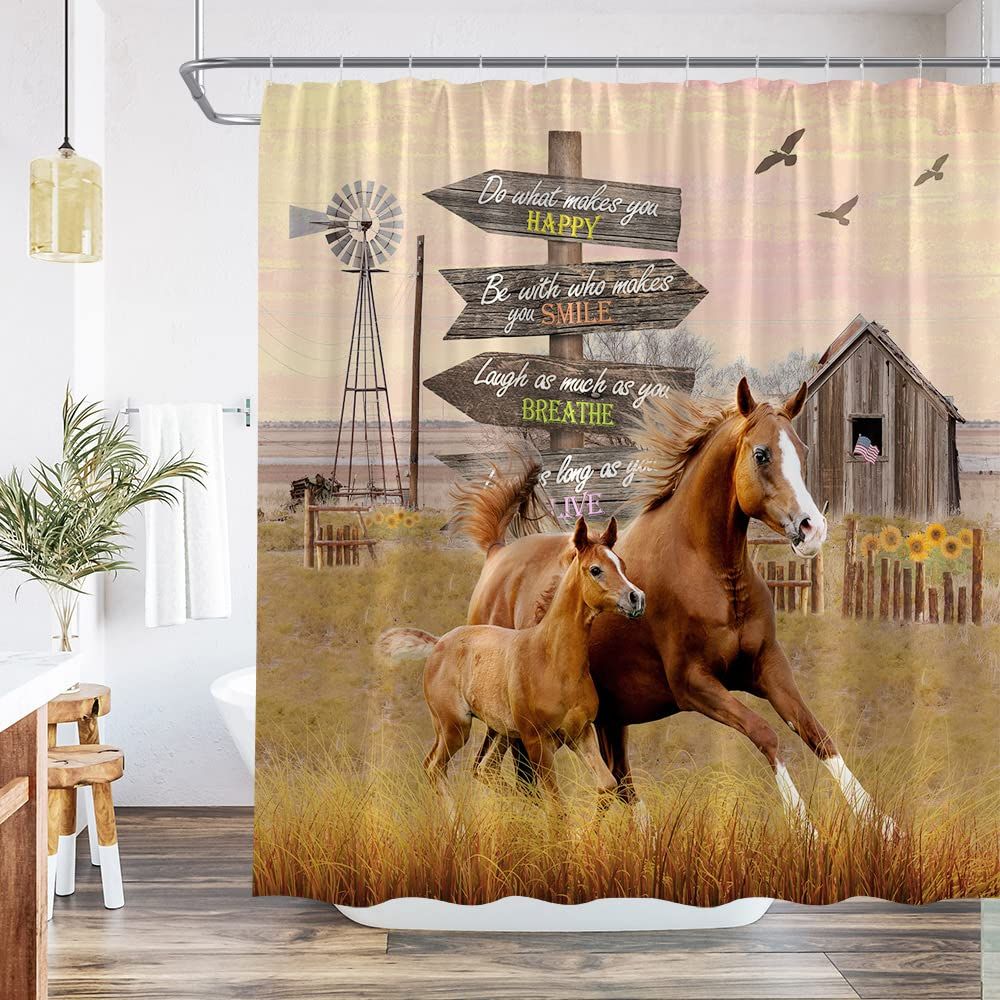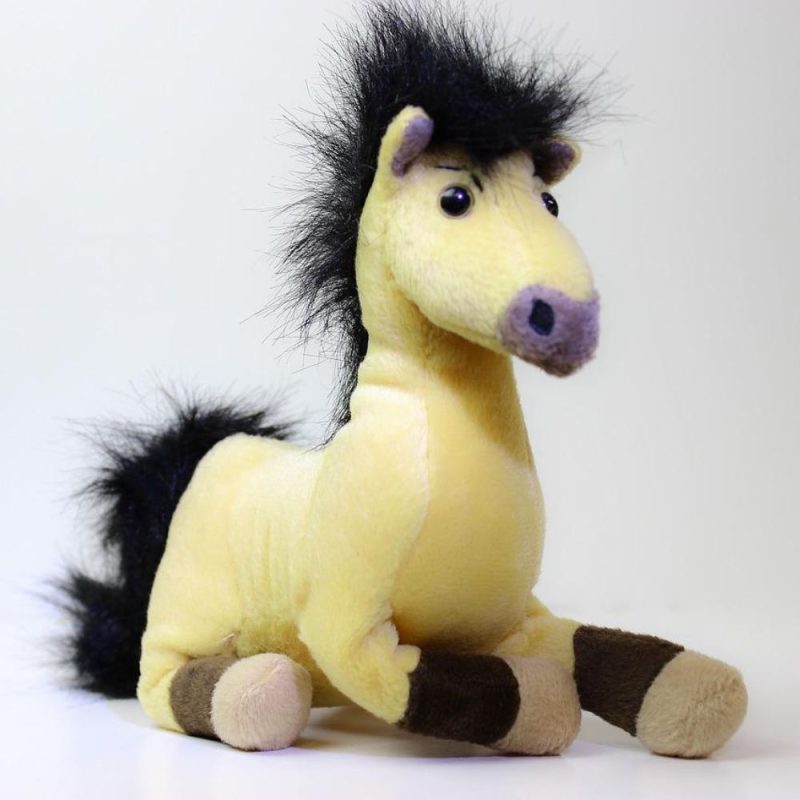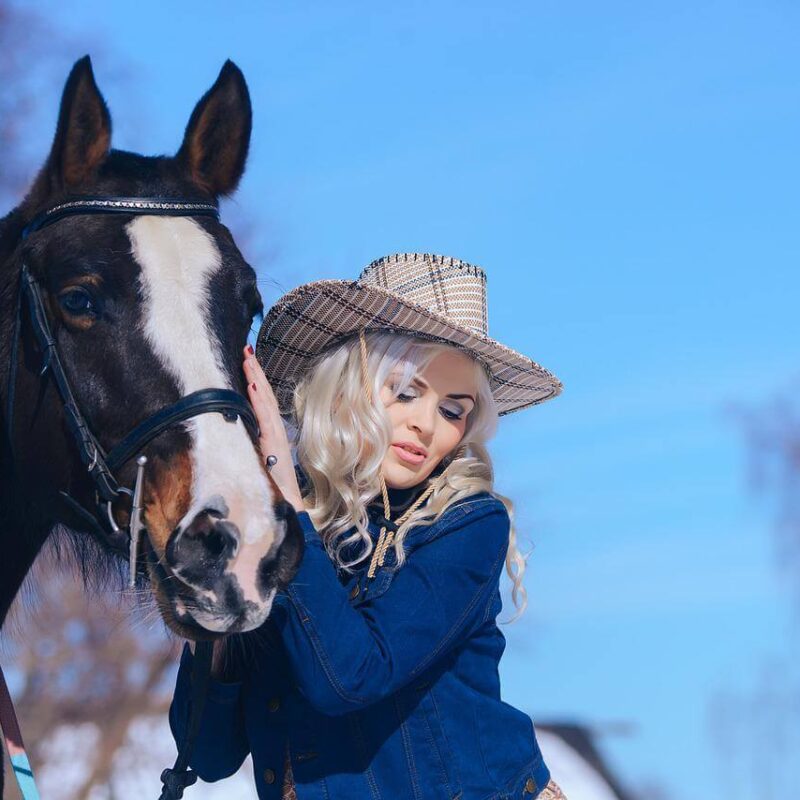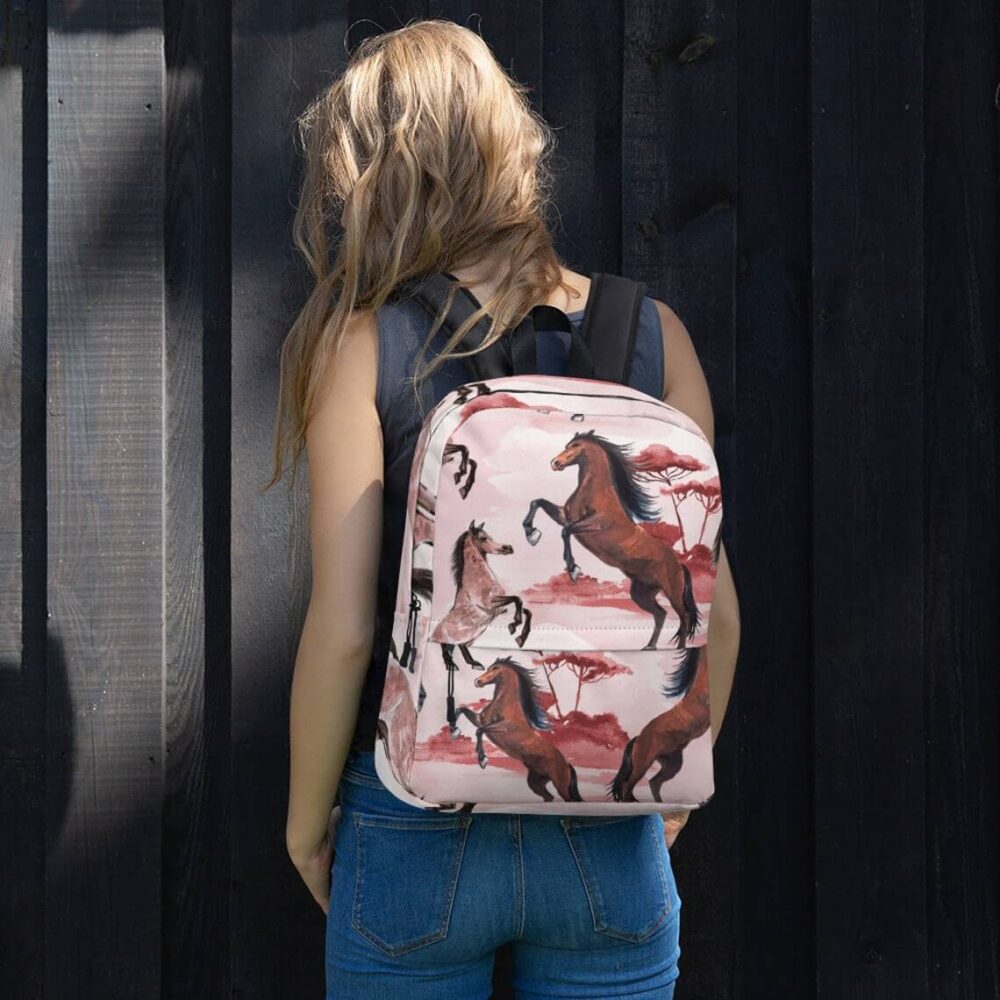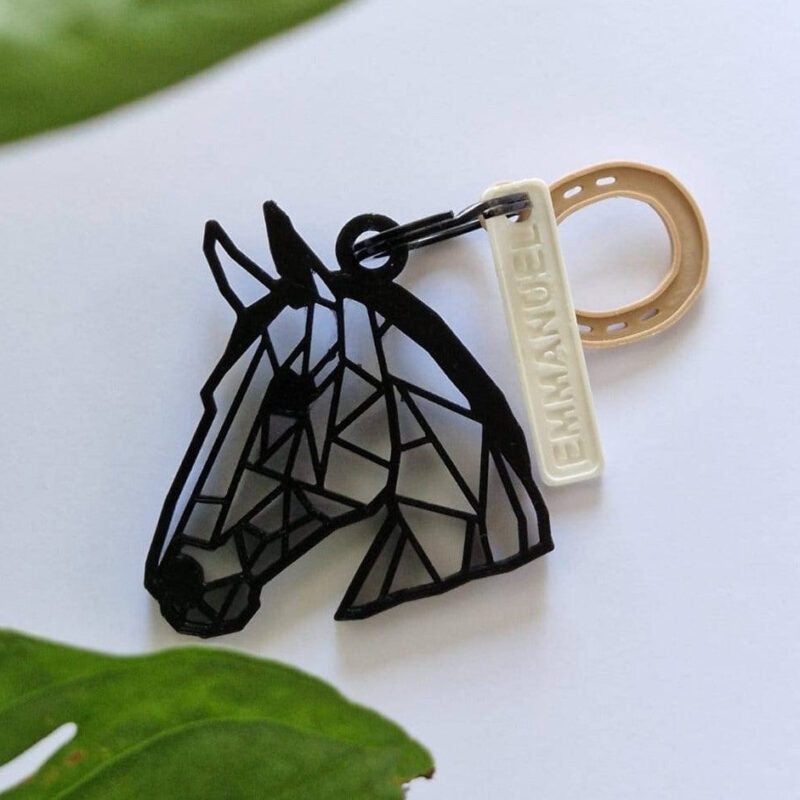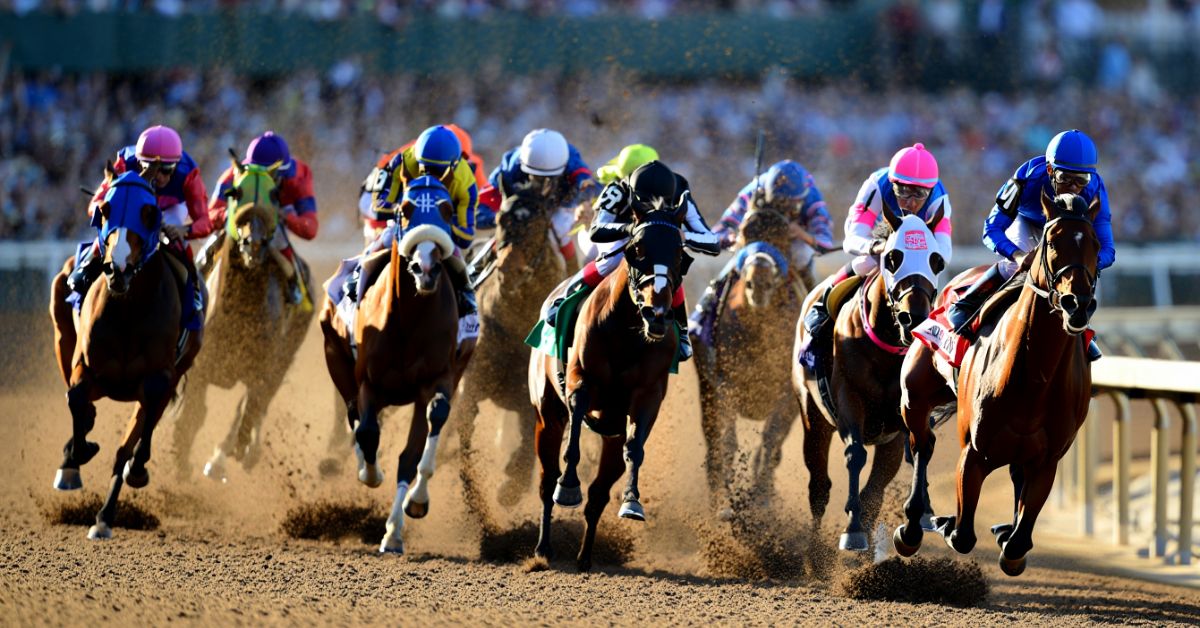
How Long is a Length in Horse Racing: The Complete Guide to Racing Measurements
Ever watched a thrilling horse race and wondered exactly what commentators mean when they say "won by a length" or "finished a nose ahead"? Horse racing length is one of the most fundamental measurements in the sport, yet many fans don't fully understand what these distances actually represent.
A length in racing is officially measured as approximately 8 feet or 2.4 meters - roughly the distance from a horse's nose to its tail. This standard measurement helps officials, commentators, and bettors understand exactly how close races really are. Whether you're analyzing race results for betting purposes or simply want to better appreciate the sport's nuances, understanding horse racing terminology around distances is essential.
From photo finishes measured in inches to commanding victories spanning multiple lengths, these measurements tell the story of every race. For horse enthusiasts who love the sport's precision and drama, mastering racing margins adds a whole new dimension to race watching. Let's dive deep into this fascinating aspect of thoroughbred racing that makes every finish line moment so compelling! 🏇
Chapter 1: The Standard Length Measurement in Horse Racing
What Exactly Is a Horse Racing Length?
The foundation of measuring horse races lies in understanding that one length in racing equals approximately 8 feet (2.4 meters). This measurement isn't arbitrary - it represents the average distance from a thoroughbred's nose to the base of its tail. Racing officials established this standard to create consistency across all tracks worldwide.
When we talk about distance in horse racing, we're not just discussing the total race distance (like 1 mile or 1200 meters), but also the finishing distance between horses. This distinction is crucial for anyone serious about understanding racecards or getting into betting on horses.
Historical Development of Racing Measurements
The concept of using a horse's body length as a unit of measurement dates back to the early 18th century when thoroughbred racing was becoming formalized. Before modern technology, race stewards needed a visual reference that made sense to spectators and officials alike.
"The length has always been the most natural way to measure close finishes - it's something every racing fan can visualize," noted racing historian John McCririck in 2019. This visual approach helped establish horse racing jargon that remains consistent today.
Modern Technology and Precision
Today's race analysis benefits from high-speed cameras and digital timing systems that can measure fractional lengths with incredible precision. Photo finish technology can determine margins as small as a nose (horse racing) - typically just 2-4 inches. This technological advancement has revolutionized race commentary and made interpreting race results far more accurate.
The evolution from visual estimation to digital precision has also enhanced handicapping terms used in professional racing analysis, making the sport more transparent for serious bettors and racing enthusiasts.
Chapter 2: Breaking Down All Racing Distance Measurements
The Complete Hierarchy of Racing Margins
Understanding horse racing terminology requires knowing the full spectrum of distance measurements used in racing. Here's the official breakdown from smallest to largest margin:
- Nose (horse racing): 2-4 inches - the smallest measurable margin
- Short head: 4-6 inches - slightly more than a nose
- Head (horse racing): 6-8 inches - the length of a horse's head
- Neck (horse racing): 20-24 inches - from head to shoulder
- Length in racing: 8 feet (96 inches) - nose to tail measurement
- Multiple lengths: 2 lengths = 16 feet, 3 lengths = 24 feet, etc.
Photo Finish Technology and Precision
The introduction of photo finish technology revolutionized how we determine winning margins. Before this innovation, official margin calls sometimes relied on human judgment, leading to disputes. Modern photo finish systems can distinguish margins as small as 1/1000th of a second, translating to fractions of inches.
Practical Applications in Race Results
When you're reading race results, these measurements tell a complete story. A horse winning "by a nose" suggests an extremely competitive race where any small factor could have changed the outcome. Conversely, a 10-length victory indicates dominance that serious handicappers factor into future form guide analysis.
Fractional Lengths in Modern Racing
Contemporary race replay analysis often uses fractional measurements like "half a length" or "three-quarters of a length." These more precise measurements, enabled by digital technology, provide better insights for punditry terms and professional race analysis.
➤ Also Read: How Many Bones Do Horses Have? Complete Guide to Equine Skeletal Anatomy
Chapter 3: Flat Racing vs Steeplechase Measurement Differences
Flat Racing Measurement Standards
In flat racing, the standard horse racing length measurement of 8 feet applies universally. Whether you're watching a sprint race or a classic distance event, officials use the same measurement system. The consistency in flat racing makes it easier for newcomers to understand race commentary and follow along with expert analysis.
Flat racing tends to produce more precise finishing distance measurements because horses maintain relatively consistent body positions throughout the race. This consistency helps in speed in horse racing calculations and makes horse racing statistics more reliable for comparison purposes.
Steeplechase Measurement Considerations
Steeplechase racing presents unique challenges for measuring horse races. When horses are jumping obstacles, their body positions vary significantly, making length measurements more complex. Race officials must account for these positional differences when determining official margin calls.
The jumping nature of steeplechase also affects race analysis because horses' relative positions can change dramatically at each fence. A horse might be "three lengths back" on the flat but close that gap significantly over the next jump.
Impact on Betting on Horses
These measurement differences significantly impact betting on horses strategies. Experienced handicappers understand that a "length" in steeplechase racing might represent different competitive advantages compared to flat racing. This knowledge influences how they interpret form guide information and make betting decisions.
Technological Adaptations
Modern race replay analysis systems have adapted to handle both racing types effectively. High-speed cameras positioned at various angles around steeplechase courses ensure accurate finishing distance measurements even when horses are in mid-jump.
Chapter 4: Practical Applications for Bettors and Racing Fans
Understanding how close is a length in practical terms transforms how you watch and analyze horse racing. When a race commentator says "three lengths clear," you're looking at a 24-foot gap - significant enough that the trailing horse would need exceptional acceleration to close that margin in the final furlongs.
Handicapping Terms and Length Analysis
Professional handicappers use horse racing length measurements as key data points in their analysis. A horse that consistently wins "by daylight" (5+ lengths) demonstrates clear class superiority over its competition. Conversely, horses involved in multiple photo finish races show they compete at an appropriate level where small improvements could yield victories.
Race analysis professionals often track "lengths per second" data to evaluate speed in horse racing. A horse gaining two lengths in the final furlong demonstrates impressive acceleration that savvy bettors factor into future race predictions.
Using Racing Glossary Knowledge for Better Viewing
When you understand that a neck (horse racing) represents about 2 feet while a head (horse racing) is only 6-8 inches, you can better appreciate the drama of close finishes. This knowledge enhances your viewing experience and helps you follow race commentary with greater comprehension.
Form Guide Integration
Modern form guide publications include detailed finishing distance information for each horse's recent races. Smart bettors analyze these patterns - does a horse perform better when pressed (frequent close finishes) or when given an easy lead (wide winning margins)?
Statistical Significance in Horse Racing Statistics
Research from the Jockey Club in 2023 showed that horses winning by more than 5 lengths have a 68% chance of winning their next start at similar class levels. This statistic demonstrates how winning margins provide predictive value for serious racing analysis.
As racing enthusiasts, we understand the precision and passion that drives this sport. Express your love for horse racing's technical excellence with pieces from our equestrian jewelry collection designed for true racing aficionados! 🏇✨
Chapter 5: Expert Tips for Interpreting Race Results
Advanced Race Commentary Analysis
Professional race callers use specific terminology that reveals more than casual observers realize. When a commentator says "won going away," they typically mean the winning margins increased in the final stages - a sign of superior fitness or class. Understanding these punditry terms helps you extract maximum value from race broadcasts.
Race replay analysis becomes more meaningful when you can visualize actual distances. A horse "staying on strongly" to finish "three lengths" behind might be improving significantly, especially if it was "ten lengths" back at halfway.
Equine Racing Distances and Pace Analysis
The relationship between horse racing length measurements and race pace provides crucial insights. Horses that make up multiple lengths in the final quarter-mile demonstrate superior stamina - valuable information for future race selection and betting strategies.
Finish Line Photography and Technology
Modern finish line technology can determine margins within millimeters, but understanding the traditional measurement system remains essential. When results show "short head," you're looking at a margin so small that track positioning or racing luck likely determined the outcome.
Building Your Racing Vocabulary
Mastering horse racing vocabulary takes time, but focusing on distance measurements provides an excellent foundation. Start by tracking official margin calls in races you watch, then correlate these with visual observations to build your understanding.
Horse Racing Metrics for Modern Analysis
Contemporary analysis incorporates GPS tracking and stride analysis alongside traditional horse racing metrics. However, the fundamental length in racing measurement remains the standard reference point that connects historical data with modern technology.
"Understanding lengths is like learning to read music - once you master the basics, the whole symphony of racing makes perfect sense," observed renowned handicapper Andrew Beyer in 2022.
For passionate racing fans who want to showcase their deep knowledge and love of the sport, our curated collection celebrates every aspect of horse racing measurement precision. Explore our racing-themed decorative pieces that honor the sport's technical excellence! 🎨🏆
Frequently Asked Questions About Horse Racing Length
What is a length in horse racing exactly?
A horse racing length is officially measured as approximately 8 feet (2.4 meters), representing the average distance from a thoroughbred's nose to the base of its tail. This standardized measurement helps officials, commentators, and bettors understand finishing distance margins consistently across all races and tracks worldwide.
How do fractional lengths work in modern racing?
Fractional lengths like "half a length" (4 feet) or "three-quarters of a length" (6 feet) provide more precise race results measurements. Modern photo finish technology enables officials to determine these exact margins, giving handicappers and bettors more accurate data for race analysis and future predictions.
What's the difference between a nose (horse racing) and a head (horse racing)?
A nose (horse racing) represents the smallest measurable margin at 2-4 inches, while a head (horse racing) measures 6-8 inches. These distinctions are crucial in photo finish situations and significantly impact betting on horses payouts and official margin determinations.
Why do steeplechase and flat racing measurements differ?
While the basic length in racing measurement (8 feet) remains constant, steeplechase racing presents challenges due to horses jumping obstacles and changing body positions. Officials must account for these variations when determining winning margins, making race commentary and interpreting race results more complex than in flat racing.
How do professional handicappers use horse racing length data?
Professional handicappers analyze racing margins patterns to evaluate horse performance and predict future results. A horse consistently winning by wide margins demonstrates class superiority, while horses involved in multiple close finishes indicate they're competing at appropriate levels where small improvements could yield victories in understanding racecards and form guide analysis.
Ready to express your passion for horse racing's precision and excitement? Discover our exclusive equestrian collections that celebrate every thrilling moment from nose (horse racing) finishes to commanding length victories. Assert your individuality as a true racing enthusiast with pieces that reflect your deep understanding and love of this magnificent sport! 🏇💎









